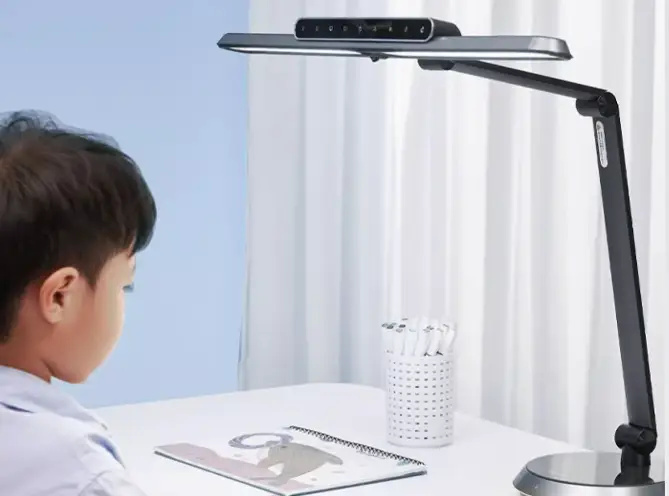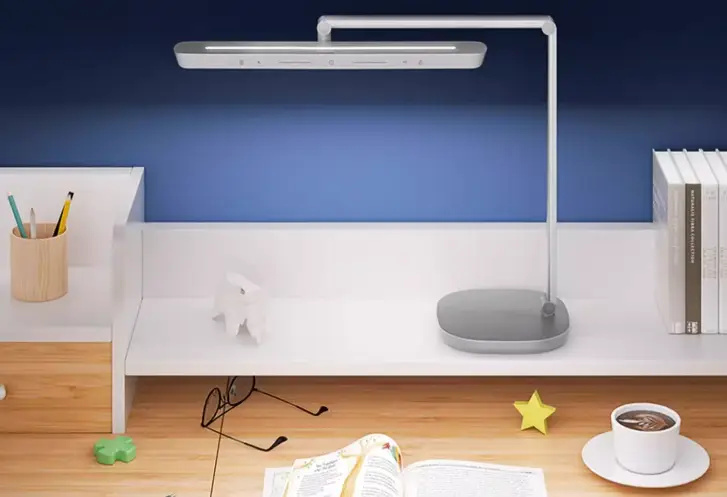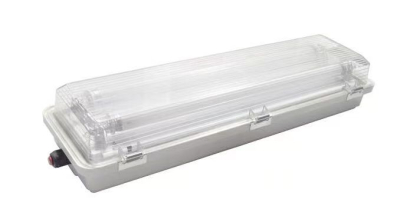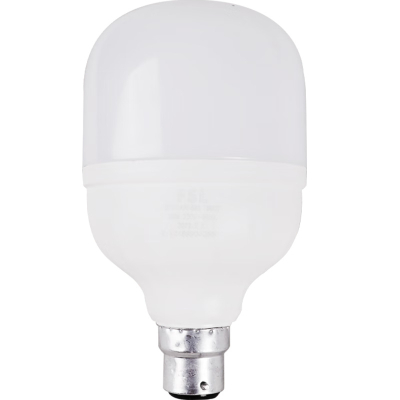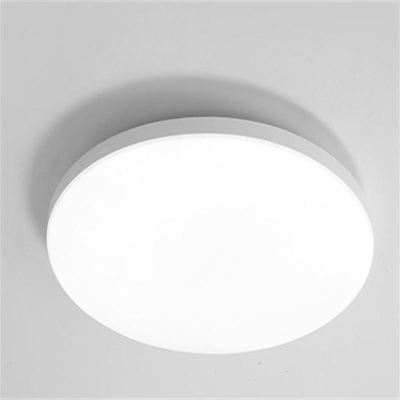Desk Lamp
A desk lamp is a small, portable lighting fixture specifically designed to be placed on a desk or a work surface. Its primary purpose is to provide focused illumination for tasks such as reading, writing, studying, drawing, or working on a computer. Desk lamps are essential tools for creating a well - lit and comfortable workspace, whether it's in a home office, a student's study room, or a professional work environment.
Construction and Components
Base
The base of a desk lamp is the part that sits on the desk and provides stability. It can be made of various materials. Metal bases, such as those made of aluminum or steel, are common due to their sturdiness and weight. Some bases are designed with a weighted construction to keep the lamp firmly in place, preventing it from tipping over during use. Plastic bases are also used, often in more lightweight and inexpensive models. The shape of the base can vary, from a simple circular or square design to more elaborate and ergonomic shapes that may include features like a built - in organizer for pens and other small items.
Arm and Neck
The arm and neck of a desk lamp are responsible for positioning the light source. The arm is usually a long, slender component that connects the base to the light - emitting part. It can be made of metal or a flexible material. Some desk lamps have a rigid arm that allows for only limited adjustment, while others have a flexible or adjustable arm. The neck, which is the part closest to the light source, often provides additional flexibility in terms of angling the light. A well - designed arm and neck combination enables the user to direct the light precisely where it's needed, such as onto a book, a keyboard, or a drawing surface.

Light Source
The light source of a desk lamp can vary. Traditional incandescent bulbs were widely used in the past, but now light - emitting diodes (LEDs) are the preferred choice in most cases. LEDs offer several advantages. They are energy - efficient, which means they consume less power and can save on electricity bills. They also have a long lifespan, reducing the need for frequent bulb replacement. The color temperature of the light can be adjusted in many LED desk lamps to suit different tasks and user preferences. For example, a cooler - white light (around 5000 - 6000K) may be preferred for detailed work, while a warmer - white light (around 2700 - 3000K) can create a more comfortable and cozy atmosphere for reading.
Shade
The shade of a desk lamp serves multiple purposes. It can be made of different materials such as fabric, glass, or plastic. A fabric - covered shade is often used to create a soft and diffused light, which helps to reduce glare and eye strain. Glass shades, particularly frosted or opalescent ones, also provide good light diffusion. Some desk lamps have a clear glass shade that allows the light source to be more visible and can direct the light more precisely. The shape and design of the shade can affect the light distribution pattern. For example, a conical shade can focus the light downward, while a more spherical shade can spread the light over a wider area.
Switch and Power Source
Desk lamps typically have a switch to control the light. The switch can be located on the base, the arm, or the cord. Some modern desk lamps come with touch - sensitive switches or even smart features that allow the user to control the lamp via a mobile app. In terms of the power source, most desk lamps are plugged into a standard electrical outlet. However, there are also battery - operated desk lamps available, which offer more portability and can be used in areas where access to an electrical outlet is limited.
3. Working Principle
When the desk lamp is connected to a power source (either through a plug or battery), the electricity is supplied to the light source. In the case of an incandescent bulb, the current passes through a filament. The filament has resistance, and as the current flows through it, the filament heats up until it glows and emits light. For LEDs, the electric current passes through the semiconductor material. Electrons in the semiconductor recombine with holes, and this recombination releases energy in the form of photons, which is the light we see. The shade then modifies the light distribution, either spreading it more evenly, focusing it in a particular direction, or creating a specific lighting pattern to suit the task at hand.
4. Advantages
Task - Specific Illumination
The most significant advantage of a desk lamp is its ability to provide focused, task - oriented lighting. It can illuminate a small area with a high level of brightness, ensuring that the user has sufficient light for detailed work such as reading small print or working on intricate designs. This focused illumination helps to reduce eye strain and improve productivity.
Adjustability
Desk lamps are highly adjustable. The ability to move the arm and angle the neck allows the user to direct the light exactly where it's needed. This flexibility is crucial for different tasks and different work setups. For example, a student can adjust the lamp to shine directly on a textbook, and a graphic designer can position the light to highlight a drawing tablet.
Space - Efficiency
Desk lamps are designed to fit on a desk or work surface without taking up too much space. They are usually compact and can be easily placed in a corner or at the edge of a desk, leaving enough room for other work - related items such as a computer, papers, or stationery.
5. Disadvantages
Limited Coverage Area
Desk lamps are designed to provide focused lighting, so they have a relatively small coverage area. They are not suitable for lighting up an entire room or a large workspace. If more general illumination is needed, additional lighting sources such as ceiling lights or floor lamps may be required.
Cord Management (for Plug - in Lamps)
Plug - in desk lamps come with a power cord, and managing the cord can be a bit of a hassle. The cord can get in the way, create clutter on the desk, or even pose a tripping hazard if not properly organized.
6. Applications
Home and Student Use
In homes, desk lamps are used by students for studying and doing homework. They can be placed on a study desk in a bedroom or a home office. Adults also use desk lamps for reading, writing, or working on personal projects such as crafts or DIY tasks.
Office and Professional Use
In an office environment, desk lamps are essential for employees who need extra lighting for tasks such as reading documents, working on a computer, or making detailed notes. They are also used in libraries, art studios, and other work - related settings where focused lighting is crucial.


